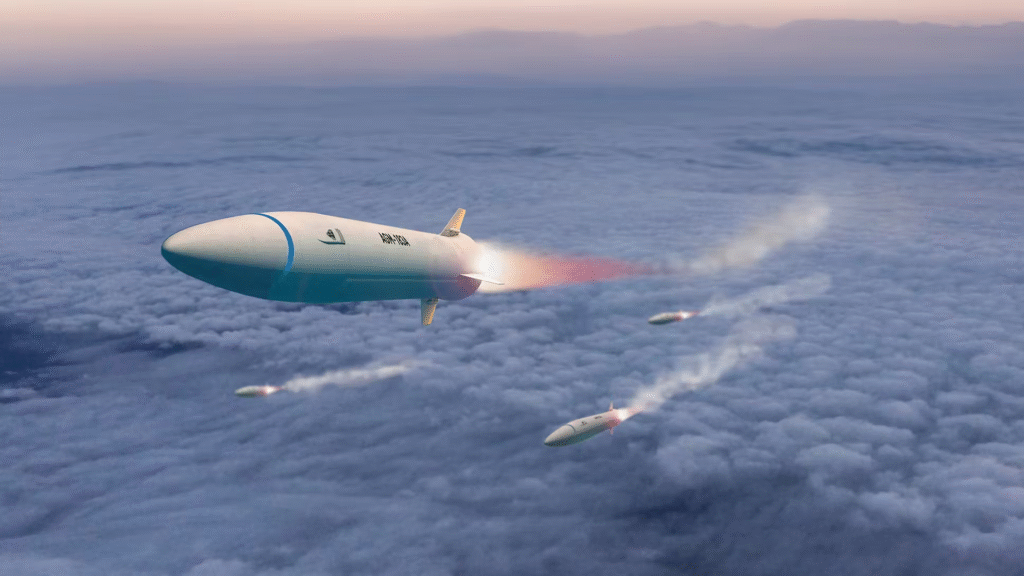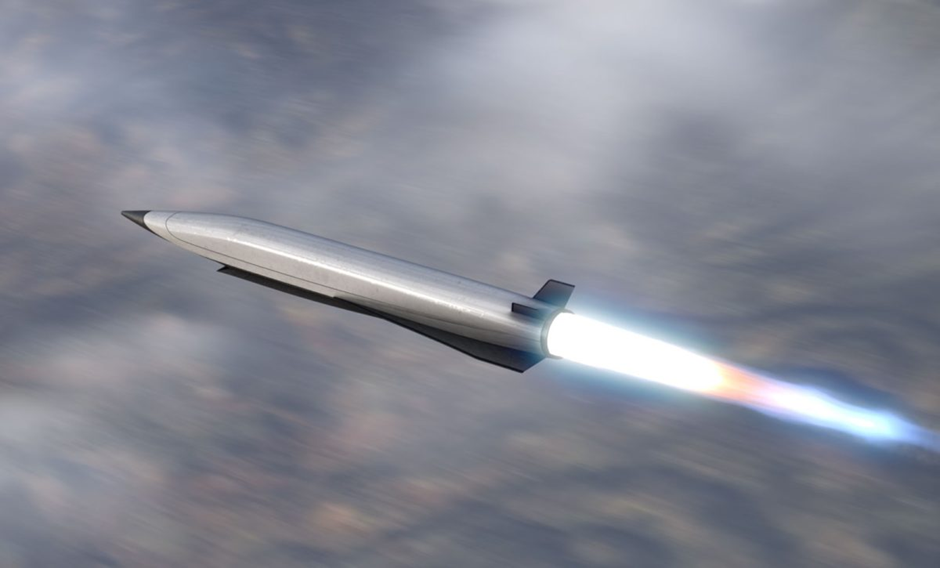
Introduction
Hypersonic technology—referring to vehicles or weapons that travel at speeds exceeding Mach 5—is rapidly reshaping the global aerospace and defense landscape. While East Africa is not yet a direct participant in hypersonic weapons development, the region stands to benefit from related technological advances in materials science, aerodynamics, and space launch systems. At the same time, these developments pose geopolitical and security implications that East African nations must prepare for.
Potential Civilian Applications
Although hypersonics is often linked to military programs, its underlying technologies have promising civilian uses. Research into heat-resistant materials and advanced propulsion systems could benefit East Africa’s future satellite launch capabilities. For example, hypersonic-based transport systems could significantly reduce travel time for high-priority cargo or humanitarian aid within and beyond the continent.
Moreover, collaborations with international aerospace companies could give East African universities and research centers access to testing facilities and expertise, accelerating the growth of regional aerospace industries.
Military and Security Considerations
The global proliferation of hypersonic weapons raises new strategic concerns. While East African nations currently lack such capabilities, their introduction into nearby regions could affect defense planning and regional stability. The speed and maneuverability of hypersonic weapons make them difficult to detect and intercept, potentially altering the balance of power in the wider African and Indian Ocean regions.
East Africa’s proximity to key maritime routes and its hosting of foreign military bases means that understanding hypersonic threats is important for defense preparedness. Developing radar systems and satellite networks capable of tracking high-speed projectiles could become a strategic priority.
Opportunities for International Partnerships

To engage with hypersonic technology, East Africa can explore partnerships with countries that already have advanced aerospace programs. Kenya’s experience with the Luigi Broglio Space Centre, for instance, offers a platform for integrating advanced propulsion research into local projects. Similarly, Ethiopia’s emerging space program could collaborate with international partners to develop hypersonic-related testing infrastructure.
Such cooperation could also include training for engineers, policy experts, and military planners, ensuring that the region builds both technical and strategic competencies.
Ethical and Policy Dimensions
The rapid advancement of hypersonic technology raises questions about arms control, export regulations, and dual-use technology governance. East African nations will need to adopt clear policies on the import, research, and deployment of such technologies to prevent misuse and ensure compliance with international treaties.
Balancing innovation with responsible regulation will be crucial, particularly as global interest in Africa’s aerospace potential continues to grow.
Challenges to Integration
The path toward integrating hypersonic technology into East Africa’s scientific or defense sectors faces hurdles such as high costs, limited technical capacity, and infrastructure gaps. Hypersonic research demands specialized wind tunnels, high-performance computing resources, and advanced manufacturing facilities—all of which require substantial investment.
Conclusion
While East Africa is far from developing its own hypersonic systems, the broader ecosystem of technologies surrounding them offers strategic opportunities for economic growth, scientific advancement, and regional security planning. By fostering international partnerships, building human capital, and crafting sound policy frameworks, the region can position itself to benefit from the hypersonic revolution while mitigating associated risks.


